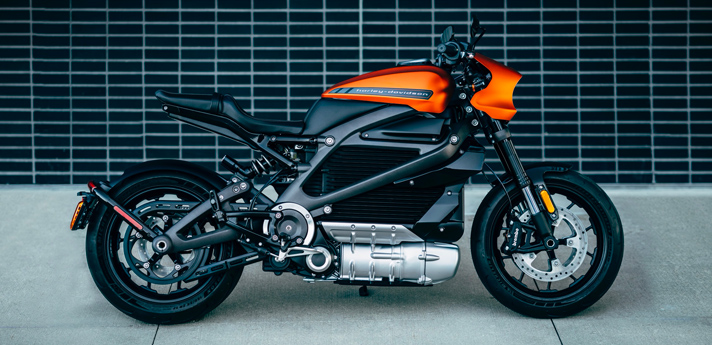CES is an annual celebration of technology and kicks off each calendar year at Cubic with a wave of enthusiasm for what’s in store for the 12 months ahead. Along with the other 180,000 attendees, the Cubic Team descended on Las Vegas on January 7th, energised and eager to scope out the latest industry trends. This event also provides a unique opportunity to meet with similar companies to network and do business with all in one place.
Over 700,000 products have been launched at CES since its inception over 50 years ago. The event acts as a launchpad for showcasing the latest and greatest product announcements in the tech sector and this year was no different. Over the course of the week we witnessed flying taxis, advancements in connected smart homes and 5G autonomous vehicles.
At times, CES 2019 looked almost like a car show, attempting to make futuristic automobiles a reality. The event was named one of the 10 best auto shows by USA Today and this year it hosted more than 160 vehicle tech exhibitors. What was particularly interesting was the focus of the automotive industry on four key areas for the near-term future: connected, autonomous, shared, and electric. Many share the belief that the adoption of self-driving cars for the mainstream market is much closer than we think.
As autonomous driving filters into the mainstream, what will the passengers (formerly drivers) do with all that free time on their journeys? A company that is already on the road to advancing in-vehicle experience technology is Audi. It’s CES booth was designed around the motto “from driving experience to digital driving adventure” and showcased new concepts for integrating passenger entertainment with virtual reality.
Audi revealed a new partnership at CES with Disney and Holoride, a VR experience start-up Audi has invested in, with a view to providing in-car content. The experience visually matches how the car is driving and takes the passenger into imaginary lands such as dinosaur or unicorn parks through the VR headset. If the car turns, accelerates or brakes, the passenger’s experience in the VR environment will do the same thing. Holoride refers to this as ‘elastic content’. Every one of Holoride's virtual experiences will automatically match up to the length of a route programmed in the car's navigation system. With some claiming that this was the best thing they experienced at CES, Audi plans to make this available in the e-Tron in 2020. Watch this space!
Advancing towards an electric future, another leader providing innovative mobility solutions at the show was Panasonic. Panasonic Automotive announced plans to connect the telematics control unit in Harley-Davidson’s first electric motorcycle – the LiveWire. The first prototype of the LiveWire was on display at the Panasonic stand in the Central Hall, giving attendees a glimpse of how the future of two-wheeled micro-mobility will look.
As Harley-Davidson leans towards electric solutions, the LiveWire is the first fully-connected electric motorcycle for the North American mass-market. This is set to be launched later this year, with connectivity powered by Panasonic Automotive and Cubic Telecom. Working through the Cubic Telecom PACE Platform, a telematics control unit connects the bike to the Harley-Davidson app. Through this, riders can access data on the bike’s mileage and battery levels, and track their route in real-time, as well as the performance of this connected cellular bike.
Overall, many of the vehicle tech exhibitors had incorporated the connected, autonomous, shared and electric focus in some way or another. The journey to an autonomous future has already begun and players such as Cubic Telecom will be key in ensuring vehicles always stay connected, no matter where the journey takes them. CES 2019 gave us some valuable insights to consider for the next 12 months and we are already looking forward to what 2020 has in store!

